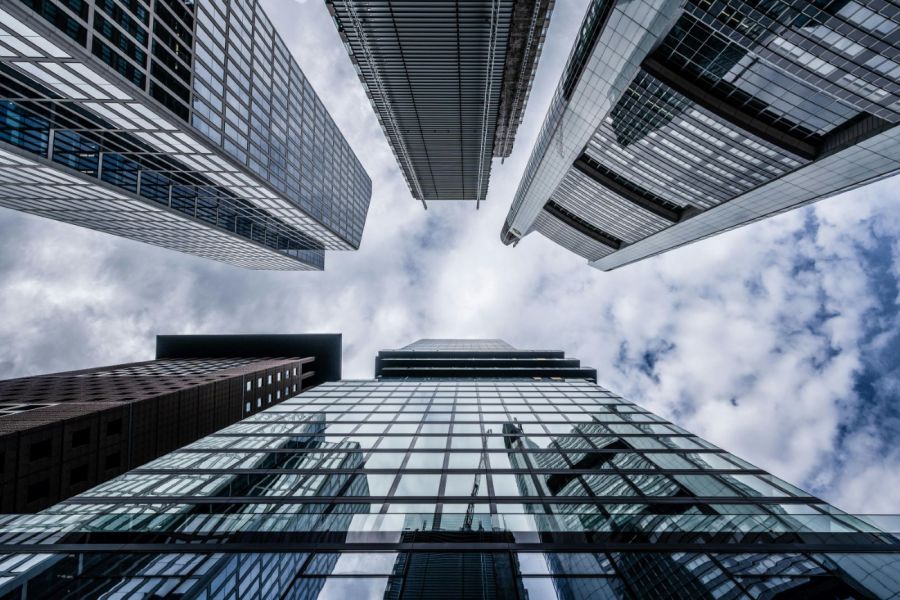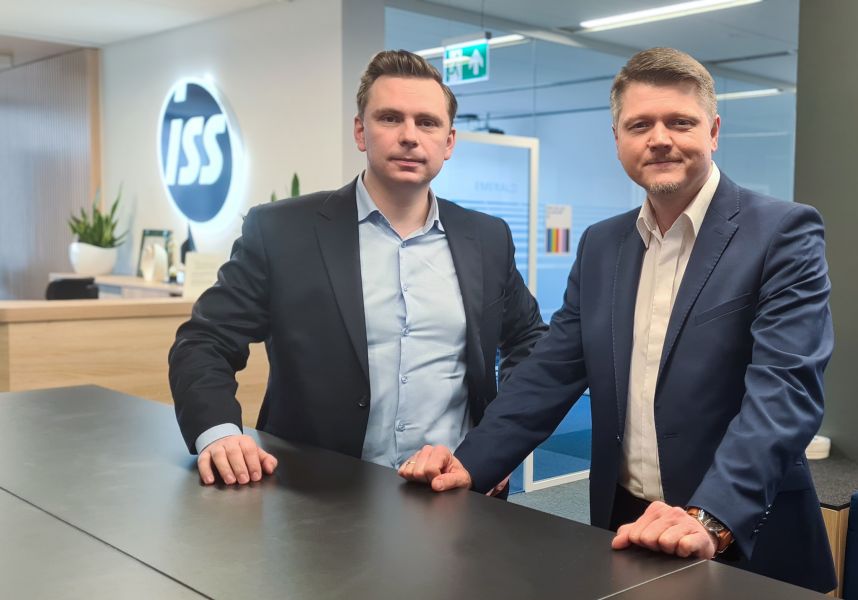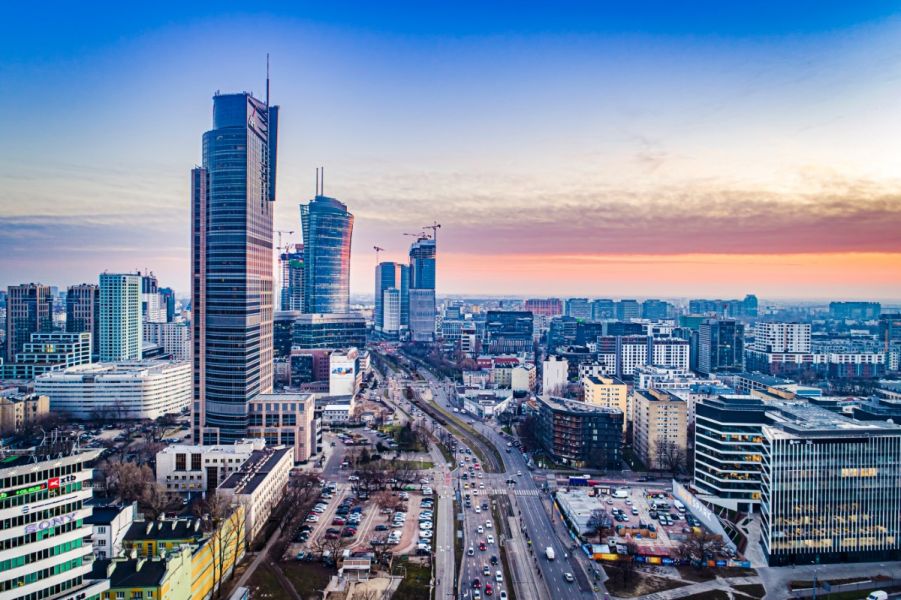Offices – From Workspace to Experience Space
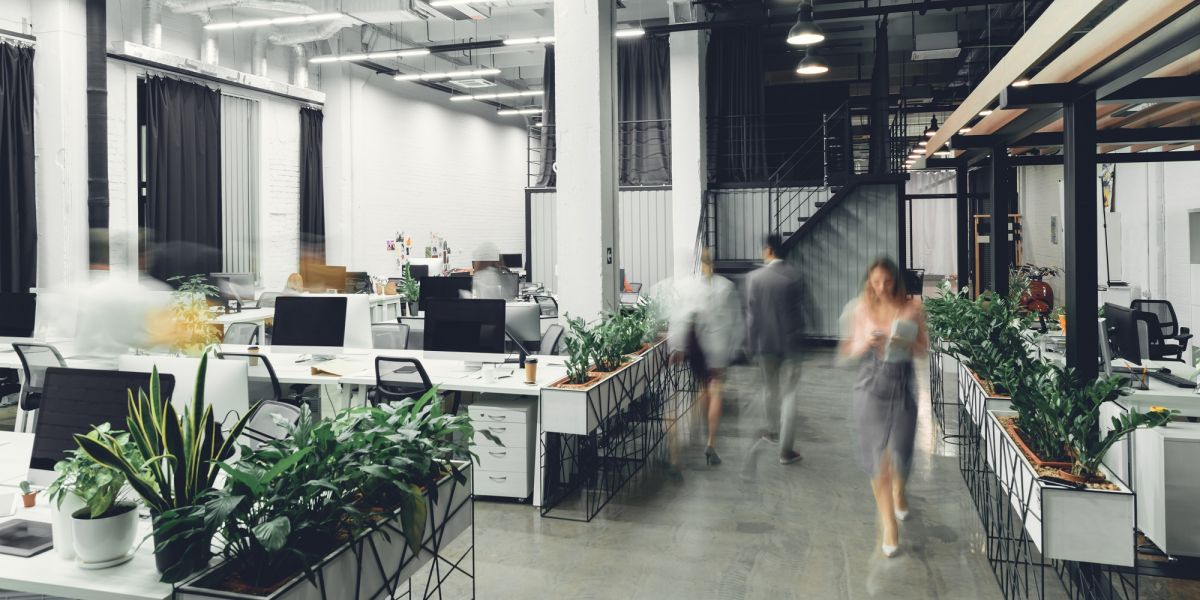
Over the past two years, we have learned to adapt to unforeseen scenarios. Many organizations are still contemplating how to ensure the well-being of their employees, and it is certain that these employee needs are evolving. They are often, if not mainly, the driving force for change, whether in terms of the benefits they are offered, the freedom to choose their work model, or even the shortening of the working week. After a period of prolonged lockdowns and hyper-optimism related to the options of full freedom in terms of remote work, there are voices and reflections that the office is not so bad after all.
According to a survey conducted last August by international job site Indeed.com, there are five elements of working in an office that people missed most when working remotely:
- 73% miss the personal connection. Before the pandemic, most workers spent half of their day at work interacting socially in various ways, including participating in spontaneous conversations that are difficult to replicate virtually.
- 64% are less distracted working in the office than at home. A bustling office with lots of people can be distracting for some, but for others, home can be even more disruptive – whether it's due to children, pets, neighbors or a noisy neighborhood.
- 50% miss the commute – also understood as a daily routine during the daily commute (a phone call to family members, a favorite radio show or a quick breakfast break). The research was conducted in the United States, where the average commute time was about 26.6 min. At the moment the concept of 15-minute cities is popular, where the average commute to work, or key places for us – is just a quarter of an hour.
- 45% miss personal meetings with their co-workers. Videoconferencing platforms enable communication, however the lack of direct relations, reading of body language or intonation can lead to misunderstandings. In the era of videoconferencing, there is also an oversaturation of this form of work.
- 37% miss the daily routine of going to the office. Working remotely creates a significant change in routine. While this may have its benefits for some –such as the ability to work from the comfort of home and the added flexibility of managing others' schedules at home – it can be difficult to recreate the daily routine of going to work if you're not physically anywhere. Having two different locations and hours for work and home (and, well, everything else) makes it easier to separate each day.
Management, HR, departments inorder to cope with the changing expectations of employees have been indirectly forced to work hard conceptually. And all this to find the golden mean to ensure optimal conditions conducive to the work and efficiency of employees. Some of the organizations have also used this time to change their assumptions about the format of their operations, used office space, number of branches.
HOW HAS THIS AFFECTED THE OFFICE MARKET?
After a certain period of slowdown, three main trends are noticeable. On the one hand, organizations remain in the traditional model – offering their employees classic office spaces, and flexible formats understood as both coworking spaces and serviced offices. Hence the development of coworking networks is observed not only in larger cities.
The second format, which is the basis of activity, is conducting business in the remote model. At this point, the possibility of remote work is no longer just an option – but often a requirement. Some companies relying on this model – either completely eliminated the office space, or enabled them to hire more employees – also in markets that until now were outside their zone of possibilities
The last type of Hub&spoke – combines the advantages of the traditional and remote model. Organizations allow employees to use both traditional office space, as well as allow their employees to use flexible space in coworking spaces located in the same city, but also in locations distributed almost around the globe. Hub&spoke is a workplace-based approach where activity is at the core. It used to be that the entire company was in one location, but now, especially after changes in the organization, the work format is dispersed. For example, you stay at home if you need to prepare a report; you go to headquarters to work with your team; you go to a satellite office near your home to do other activities that require access to office infrastructure that is difficult to provide at home.
FLEXIBILITY IN A NEW FORMAT
We have become accustomed to being and responding flexibly to changing conditions. We've also learned what we don't want. What we would like to change. Not everyone is comfortable working remotely. There are growing voices about the need to establish interpersonal relationships and redefine the purpose and format of offices themselves.
Organizations, depending on the possibilities, give the option to work from home, from coworking, from the office, or even from the office space of the client for whom they implement projects. More and more people will come to them to collaborate, meet with their team, build project groups, initiatives, or exchange their knowledge and experience.
Companies rely on project spaces, collaboration rooms, spaces for creative processes, networking and brainstorming. The typical open space is becoming a space for coexistence and meeting – an alternative to impersonal teleconferences.
Defining the needs of employees by organizations translates into more and more frequent questions about the possibility of implementing multidimensional projects, focusing mainly on cooperation, co-creation – combining the formal functions, as well as those more partner-like, or social.
For a certain group of employees, it is important to stay in dedicated office spaces designed with them in mind. Hence, some organizations are not staying on flexible spaces, leaving part of the lease in its classic form. This makes it possible to design the space in accordance with the elements that transmit the mission and ideas of the organization.
There is also an emerging trend of changing building policies. It results from expectations of leaseholders themselves, who are more and more aware of Energy or ecological responsibility and influence of their choices on the natural environment. Buildings are chosen which are able to guarantee its employees not only space to work, but also carry values with which one can identify.
PEOPLE FIRST – THAN PLACES
At this point, it is not the ideas, but the employees, that are the key element of any smoothly running organization. And they are the key to maintaining, supporting or growing it.
And for it to work – you need to provide them with the necessary elements to work.
That is why it is so important to manage and enable employees to achieve their overarching goals – while providing them with the tools they need to work. Once again, it is worth emphasizing that noticing and taking into account the needs and expectations of employees towards the employer both from a functional, social, cultural and emotional perspective is becoming crucial. By placing openness to a multifaceted freedom of choice for the employee at the center, we reach the point where we are able to answer questions about the ideal work model for the entire organization and the way its structures function, including office space.
Author: Grzegorz Kmieciński, Director, Tenant Representation, Corees Polska Commercial Real Estate
This article comes from magazine:
FOCUS ON Business #4 May-June (3/2022)
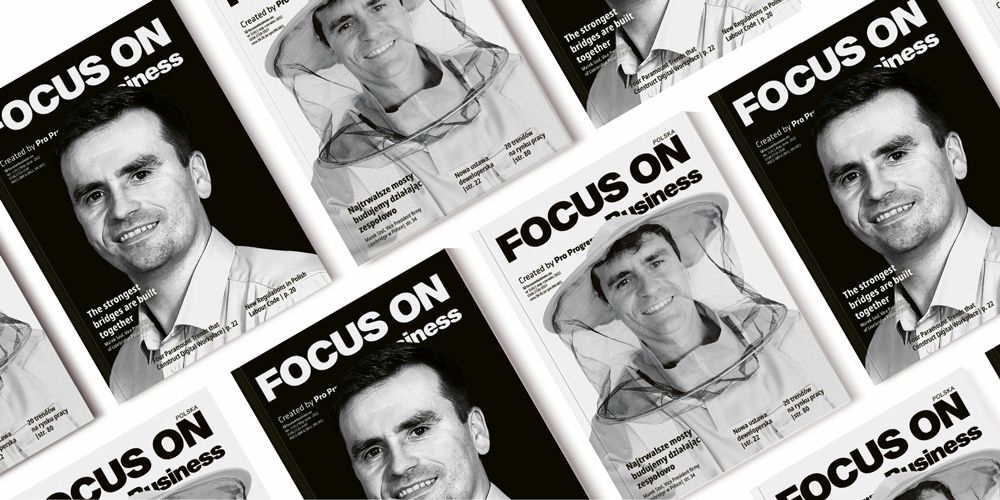 Check the issue
Check the issue



